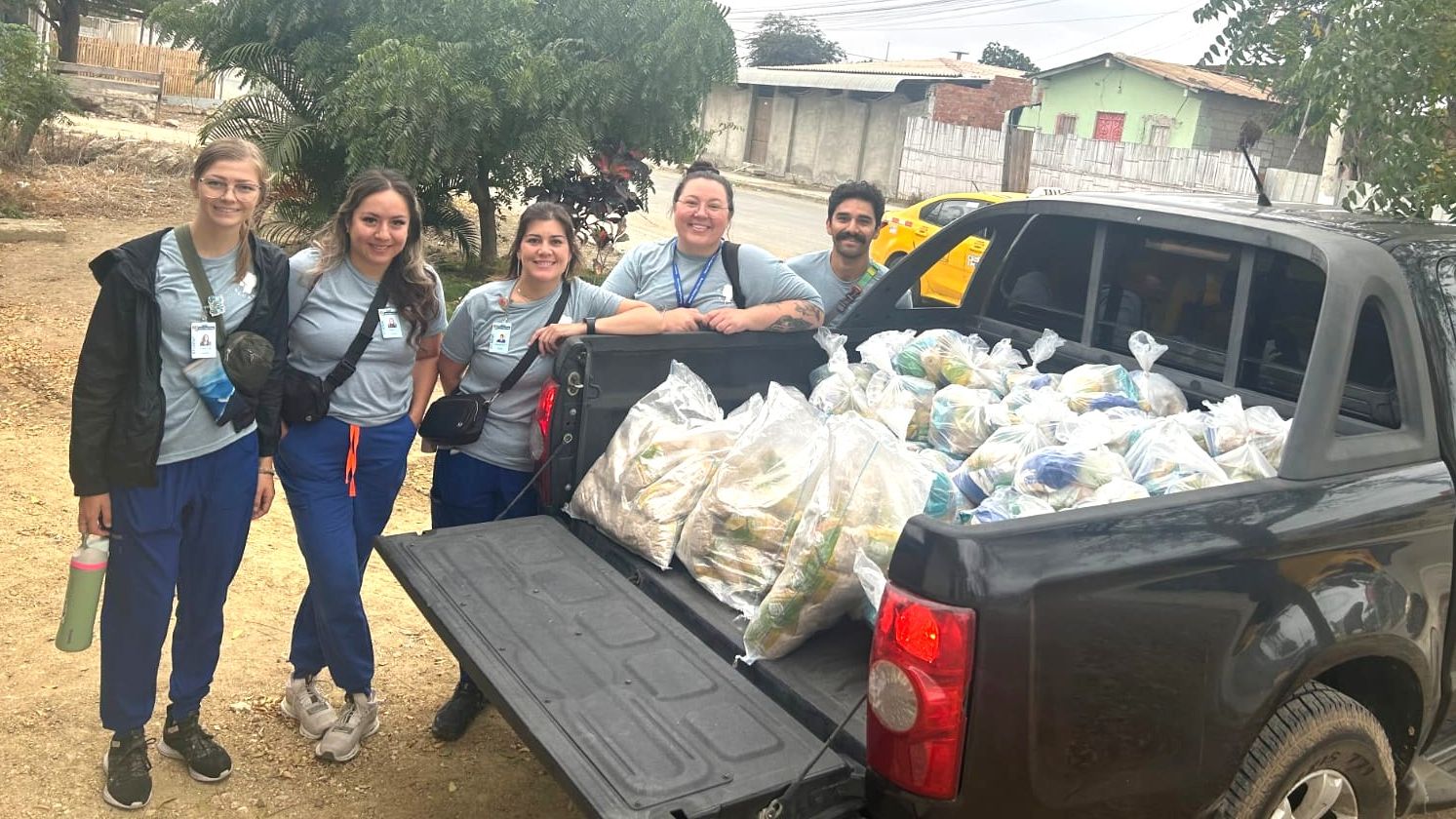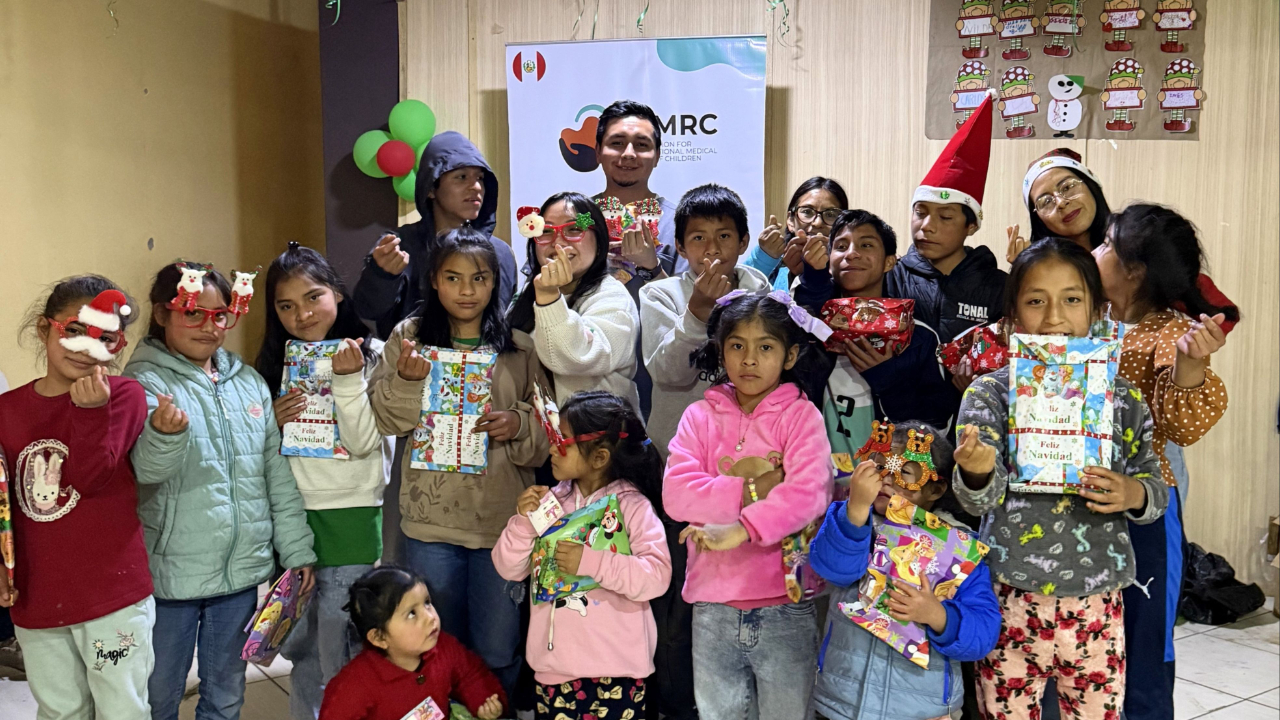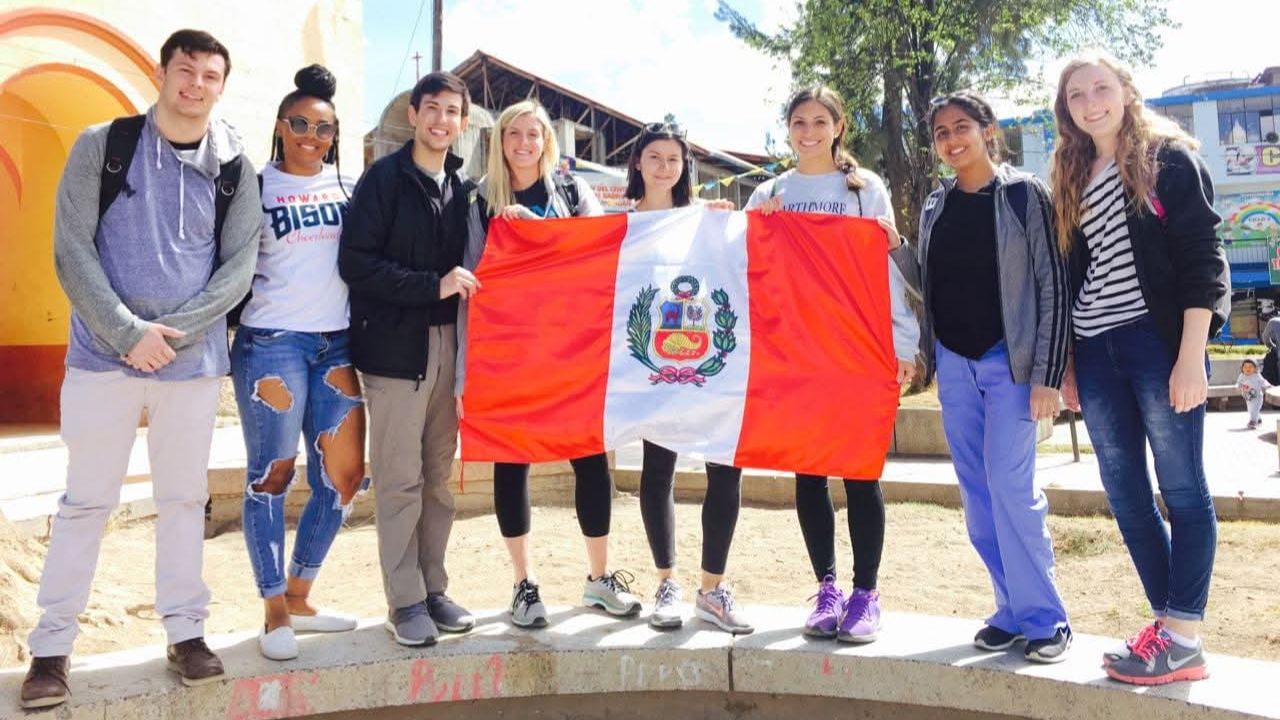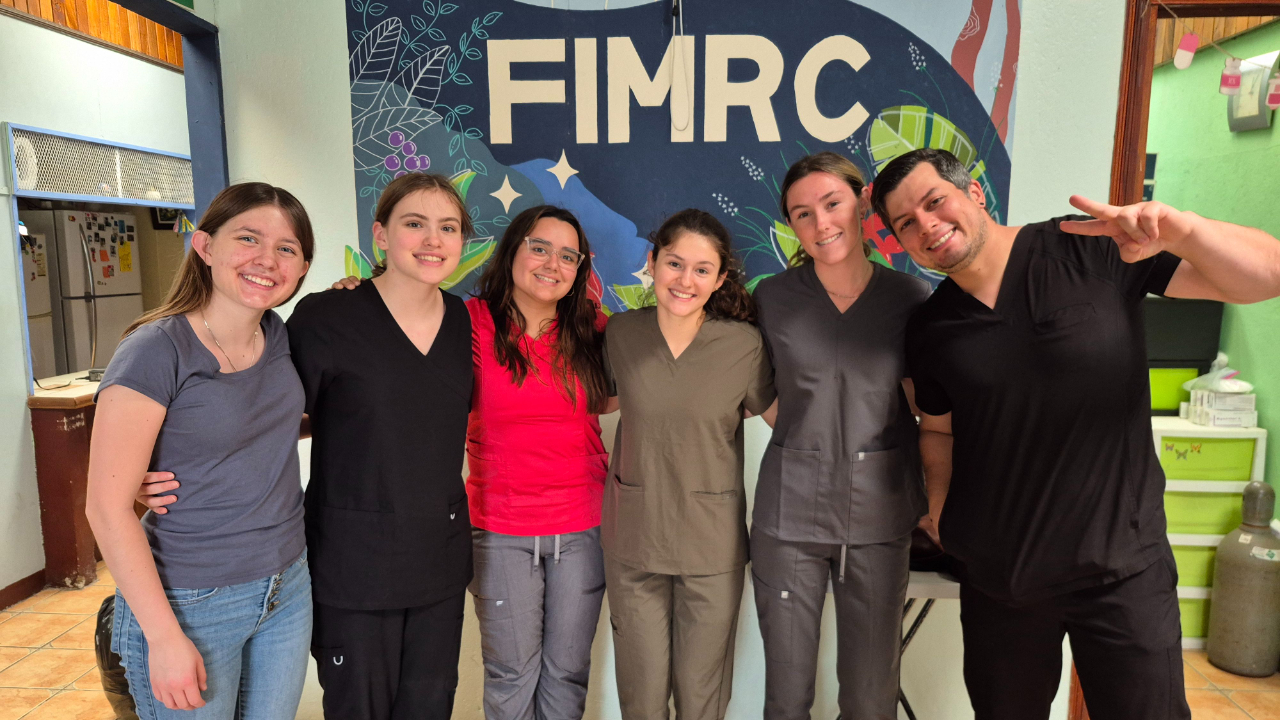Project Anconcito
Ecuador
Ecuador gets its name from the equator, which it straddles on South America’s upper west coast. The country is divided into four geographically and culturally diverse regions, encompassing the coastal lowlands, Andean highlands, Amazon jungle, and Galapagos Islands. Although the Ecuadorian government has worked hard to reduce poverty in recent years, the country continues to face critical issues such as chronic malnutrition, gender-based violence, and negative effects from natural disasters such as volcanic eruptions, flooding, droughts, and earthquakes.
Where
Anconcito, in the province of Santa Elena, is located about 20 minutes south of the popular beach town of Salinas, and 2 hours west of Guayaquil, Ecuador’s largest city. It has a population of about 14,000 and is bordered on the west by the Pacific Ocean.
Why
There is a government-health post located in the community, but it is saturated with patients and often lacks the resources necessary to treat the growing population. This leads to excessive wait times, which means community members don’t access the public health system except in the case of emergencies. This has contributed to high rates of preventable disease, a lack of health education, and community members are left without access to quality healthcare and specialty services.
How
We start with a community diagnostic. We meet with the leaders. We talk to community members. We live and breathe healthcare in the area and implement programs and services based on the actual, current needs.
Our Work
In Anconcito we take a community-based approach to our work, adapting our programs to address the evolving needs of the people we serve. We live and work among the families in Anconcito, each day gaining a better understanding of their daily challenges and priorities. With the support of our volunteers, we dedicate our resources to three main areas of focus: clinical activities, health education and special initiatives. Below are a few examples of our work at Project Anconcito.
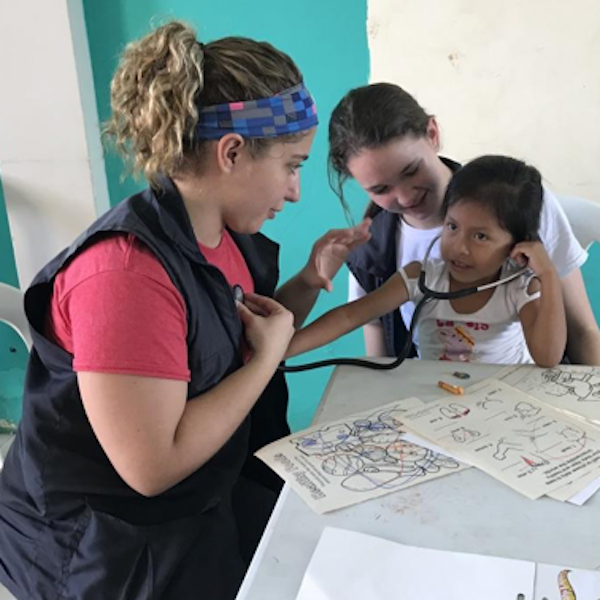
Access
- Assist staff with community outreach efforts like vaccination campaigns and check-ups in schools
- Provide nutrition consultations for children under five with our local nutritionist
- Tour local health facilities and learn about the public health system
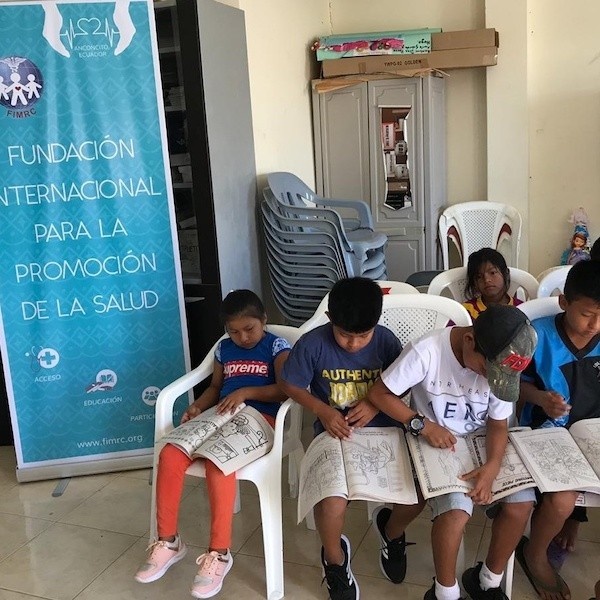
Education
- Lead youth groups focused on health, drug and alcohol prevention, and empowerment
- Implement programs to promote healthy lifestyles and diabetes prevention
- Plan nutrition education campaigns
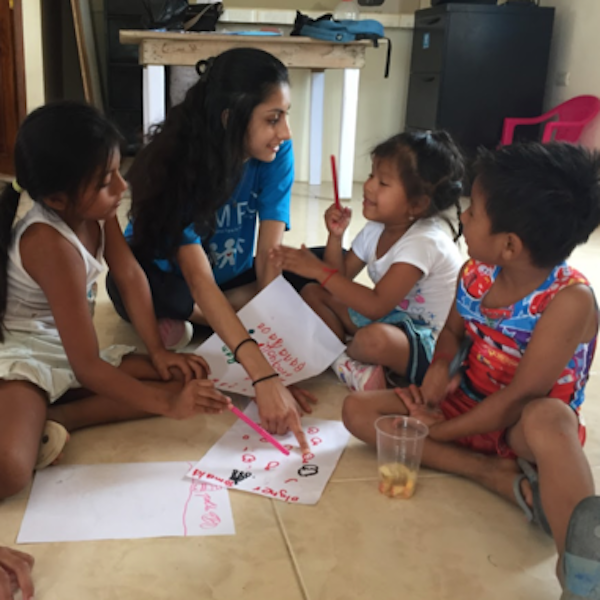
Participation
- Sports teams for youth
- School and Family Vegetable Gardens
- Summer Camps
- Health Education Fairs
- Community Volunteer Group
Volunteer
All of our volunteers contribute to on-site initiatives at Project Anconcito. Your efforts allow us to expand our reach and better serve the community and its residents. Whether you're giving a health education session to the kids in the soup kitchen, working up a sweat with mothers to teach them about a healthy lifestyle, or spending the afternoon taking vital signs, we tailor the volunteer program around on-going outreach, clinical needs as well as psychological services.
All volunteers have the opportunity to participate in both the clinical and health education aspects of operations on-site, and activities can range from working with our psychologist using art therapy to leading interactive health education sessions with our teen group.
Over the course of your trip you'll receive an unfiltered experience in health care field work abroad, and learn about the tremendous impact that even one person can have. At our end, so as to maximize your contribution, we will tailor your experience based on current needs, your interests, training, and amount of time that you spend with us on-site in Anconcito.
Curious about the logistics of volunteering? Click below for more information on flights, activities, accommodations, transportation, trip cost, and more!
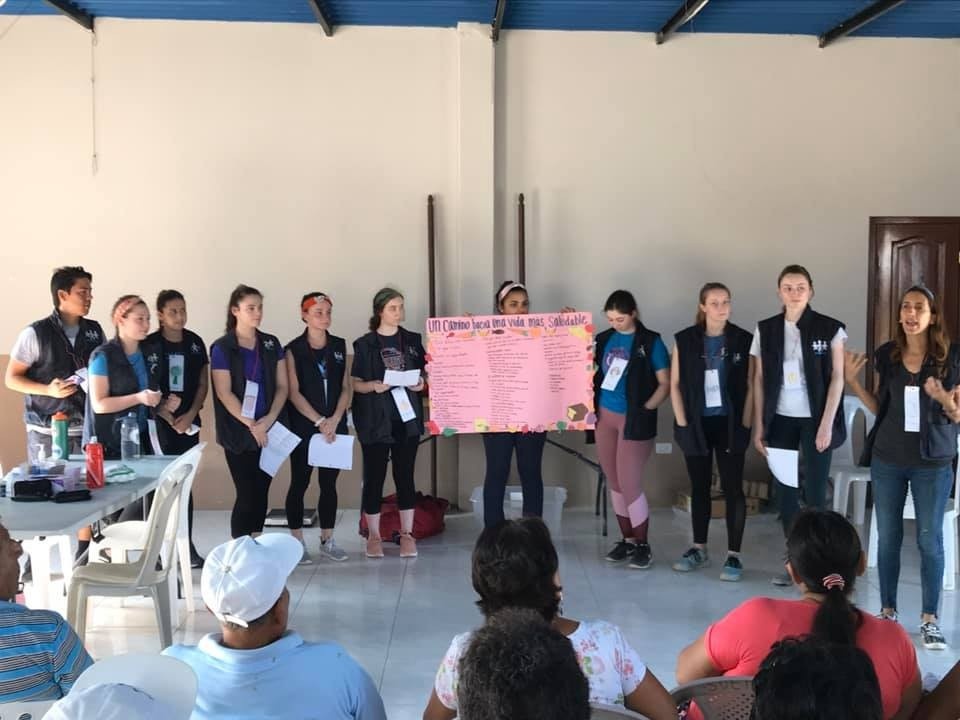
"I absolutely LOVED getting to know the entire FIMRC staff during my time on site. Everyone was so warm and welcoming and it was clear that they were definitely making a difference in those peoples lives. This trip was seriously one of the best experiences of my life and I do not think that would have been possible if I had not met the amazing FIMRC staff! "
- Amanda N.

